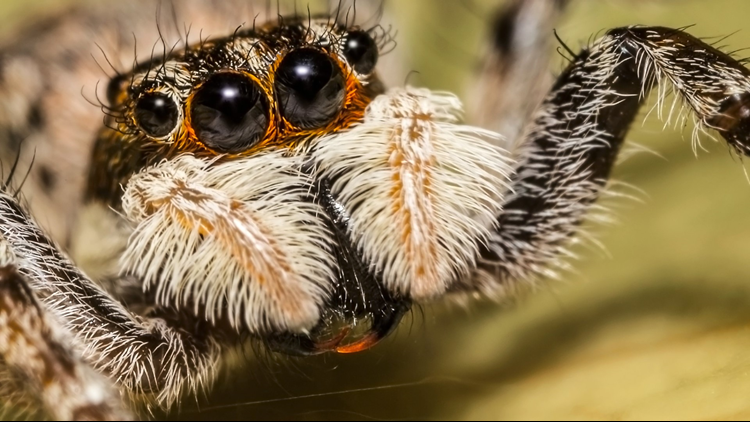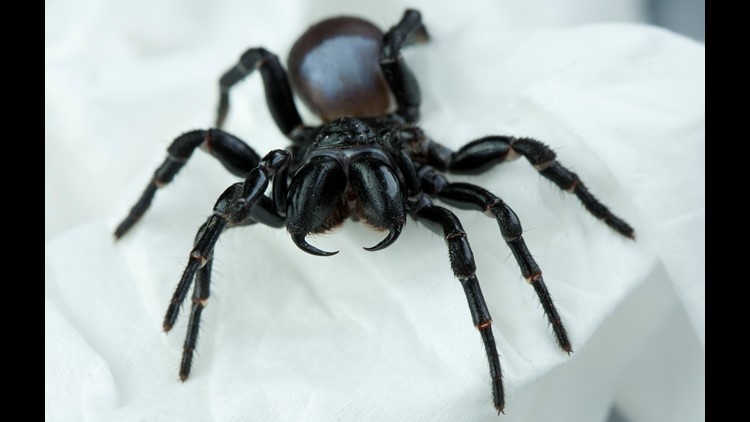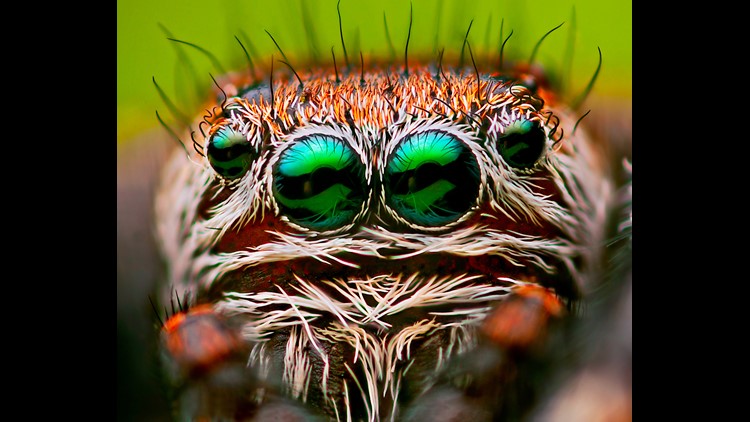Just when you thought you knew where all the world's creepy crawlers were located, researchers at the San Diego Natural History Museum -- with help from experts in Mexico and Brazil -- have discovered a new species of cave-dwelling spider in a small mountain range just outside of La Paz in Baja California Sur.
The Sierra Cacachilas wandering spider (a.k.a. Califorctenus cacachilensis, for all you scientists) was discovered in 2013 and, four years later, published in Zootaxa as a new species on March 2, according to the San Diego Natural History Museum.
And this spider is definitely not your ordinary, everyday arachnid.
“This is the type of spider that a lot of people would shriek and run from,” Michael Wall, one of the researchers from the museum, told the LA Times while commenting on the spider's impressive size.
The spider's coffee-brown, yellowish body, according to the Smithsonian, is about an inch long with legs that stretch about four inches across. The LA Times referred to it as "softball-sized."
“When I saw these spiders for the first time, I was very impressed by their size,” said Dr. Maria Luisa Jimenez, the foremost expert on spiders in the area, according to the museum, in a blog post. “In all my experience over the years collecting spiders on the peninsula [Baja California Sur], I had never seen a spider this large."
And although it appears to be scarily big, and apparently hangs with the same spider crowd as a notoriously venomous spider, it doesn't appear to be dangerous -- to humans anyway.
“Almost all spiders are venomous, but very few are dangerous to humans,” Jim Berrian, one of the researchers with the San Diego Natural History Museum, said in a blog post. “I got bit while handling a live specimen of Califorctenus cacachilensis and I’m still alive."
And if that's not enough to make your skin crawl -- according to the museum -- researchers estimate there are still millions and millions of insect and spider species waiting to be discovered.
Sleep well tonight!
PHOTOS: Creepy spiders













